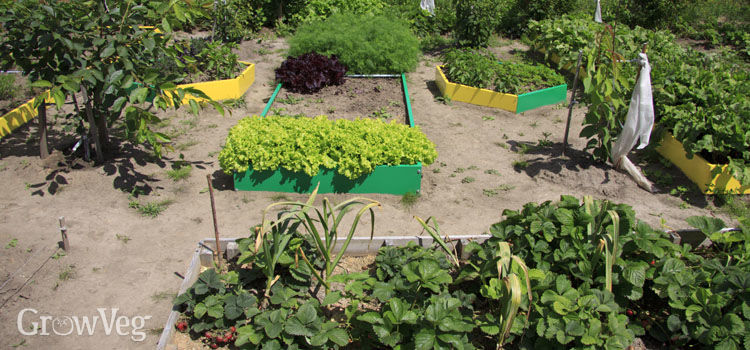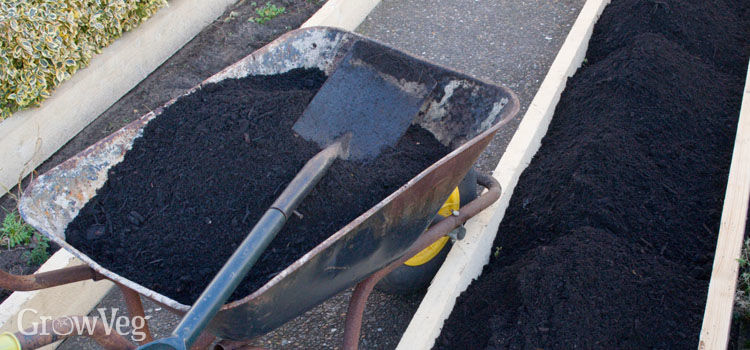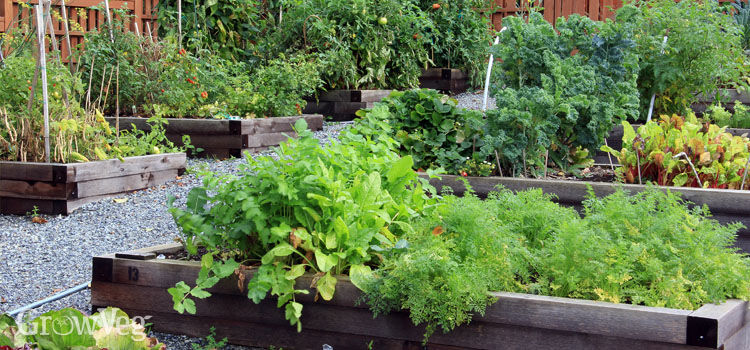Recently I was observing another family's discussion about the superiority of raised beds. It sparked my interest in the subject as I've been gardening 50+ years and have never had them as an option. Years ago I did, however, stop gardening like we did when I was child which was to plant a row--leave a space--row--space........ That method produced many paths and they all got compacted by constant Summer trips to the garden.
Several decades back I studied companion planting and started making beds of friends through my garden doing my best to keep them away from their natural enemies. By planting 3 or 4 rows close together, you limit compaction of so many paths in the garden. You also get more seeds planted in your space so it's a win-win situation.
I wondered today, though, about this concept of spending a lot of money and time on building raised beds. Is it truly superior as was bragged about in the afore mentioned discussion. I was curious.
So, as you may imagine, there were LOTS of articles to choose from. They went from one extreme of "It's the only conceivable way to grow a garden" to "It's not worth the expense or the labor." What is the truth of the matter?
Well, as I speed-read this article, I came to the happy medium. IF you have terrible soil, then it is probably worth doing raised beds. If not, then don't bother. At least that's how I interrupted this article. Seeing as we have excellent soil here, I can see that I won't be asking Robert to build me raised beds any time soon.
What's your opinion?
Happy gardening!!!
Dawn
PS What my dad did for my mom was to build a small frame on the South side of their house out of wood that went over Mom's flower bed. Then, he put old storm windows on top and fastened them to the wood with hinges. Mom would close them at night and open them to varying degrees depending on how warm the day was. We got radishes and lettuces way before anyone else did and it hardly cost anything!! YAY DAD!!
PPS Look, there's even an app to help us!
Raised Beds: Essential or Too Expensive?

The leaves are falling, there may be frosts in your area, but if the soil is still workable this is a great time to start or expand a vegetable garden by creating new beds. If you’ve done an Internet search on the subject, you could be forgiven for thinking that the only modern option is to build raised beds to grow your vegetables in. But are raised beds really necessary?
It’s generally accepted that, for home vegetable gardens, narrow beds up to about 1.2m (4ft) are the best option, as they avoid the need to walk on the soil, which compacts it. The beds can simply be dug directly into the ground, but are often framed with wood, bricks or other materials, raising the soil level above the surface of the surrounding ground.
However, this does involve extra work and potentially considerable expense, so it’s worth asking some key questions about whether you really need to do this before you start.
Is Your Soil Unsuitable For Planting?
Raised beds avoid the need for digging (although don’t underestimate the effort involved in filling the bed!) and disturbing the existing soil structure. Not having to rely on the native soil in your garden can be a lifesaver if the soil you have is very compacted, stony, or contaminated.

In fact, raised beds can even be placed directly onto hard surfaces, so there is an obvious benefit if the only space you have is on a patio.
If your garden soil tends to become saturated easily, lifting vegetables above the level of the soil can help. Raised beds drain freely, which is good in damp climates and on wet soils, but in drier areas you may find that the beds dry out too quickly. This means that raised beds are of limited use on very sandy soils – in this situation, it’s more beneficial to incorporate lots of organic matter into the garden soil to improve its water-holding capacity.
Do Your Plants Need Maximum Warmth Early in the Season?
When growing directly into the ground you’ll find that the soil takes a while to warm up in spring. However, it also takes longer to cool in autumn, which is perfect if you plan to keep harvesting as late in the season as possible.
In raised beds the opposite is true, so they’re good for getting seedlings off to an early start, but the flipside is that autumn and winter crops may need a little extra protection.
Can You Justify the Cost of Raised Beds?
Assuming you already own a spade, digging in-ground beds costs little to do. You may need to buy in some organic matter to improve soil structure and fertility, but raised beds are considerably more expensive.

Imagine you’re planning to build a raised bed just 3m (10ft) long, 1.2m (4ft) wide and 30cm (12in) deep – about the depth required for most root crops. This will require just over a cubic metre of soil to fill it. If you’re making a modest garden with four beds of equal sizes for crop rotation, this would total over 4 cubic metres, so you’d need to order 5 bulk bags (also known as ton bags) of your chosen growing medium to make sure you had enough, which is not going to be cheap!
Even if you’re mixing bought-in compost with cheaper or free sources of manure or compost, and using recycled or free edging materials (or avoiding using edging materials altogether) raised beds are a notably expensive way to make a garden.
Do You Need To Raise the Height of Your Garden?
For gardeners with limited mobility (or those wishing to reduce the potential for backache later in life), raised beds offer a clear benefit. While they are often built as low as 15cm (6in) high, raised beds can be built to any height that is comfortable for you. To reduce costs, you can partially fill the bed with rubble and top up the last 30-45cm (12-18in) with fertile soil.
The level difference provided by raised beds is also useful for making it clear to children and pets which areas are paths, and which must not be walked on – helping to preserve plants and avoid soil compaction - although I do find that my dog needs the added visual deterrent of a fence to stop him from casually wandering in and ‘harvesting’ my vegetables!

It doesn’t have to be a straight choice of one over the other however – if you want to dig the soil to create a flat bed, but put a simple low frame around it to stop the soil spilling onto your paths or lawn (as I did), you can do that. You can even build the frame up over successive years as you add more organic matter and acquire materials for edging, so you end up with a substantial raised bed for minimal outlay.
Raised beds aren’t essential in every garden, but in the right circumstances they can be very useful. However, both raised and in-ground narrow beds have two essential factors in common – avoiding soil compaction and the regular addition of organic matter – so whichever method you choose, growing in narrow beds ensures that your vegetables have the best chance of success.
By Ann Marie Hendry.



No comments:
Post a Comment